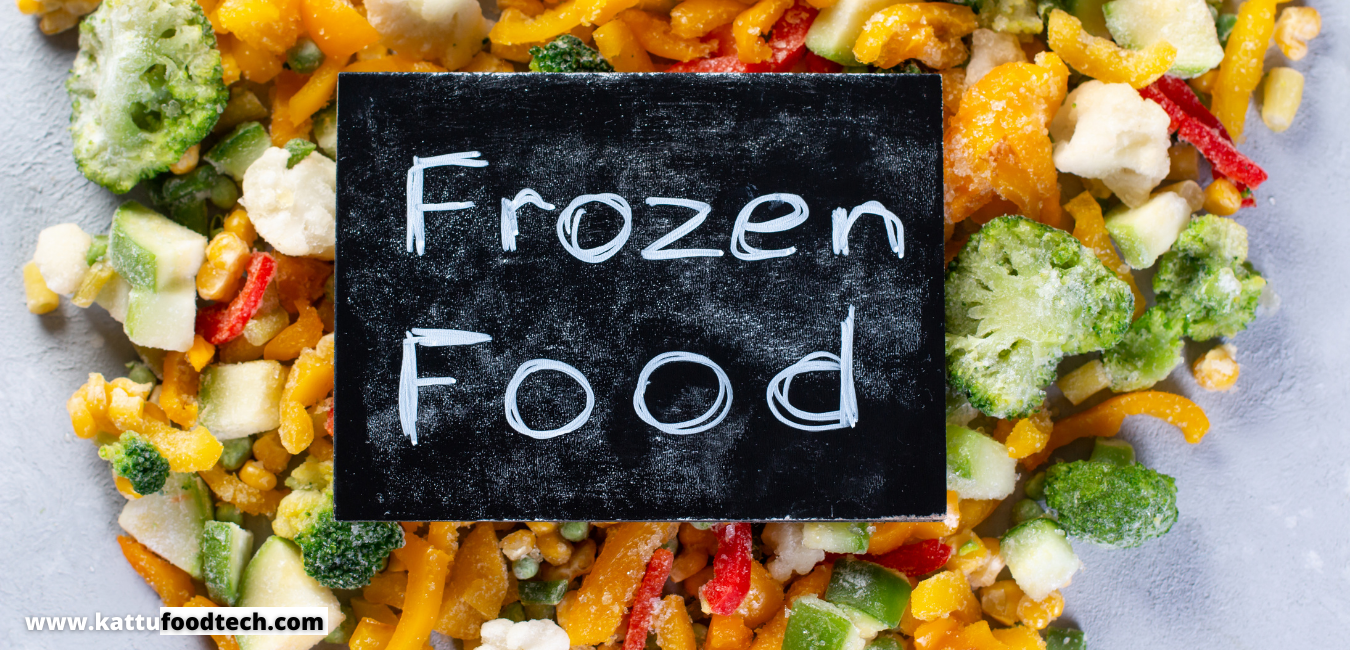Currently Empty: $0

Food Science & Technology Quiz (03-01-2021)
Q1. Freezing of microorganisms in food may result in _______.
- Cold shock
- Cryo injury
- Freeze burn
- Lethal effect
ANSWER: B. Cryo injury
- Explanation – Freezing of microorganisms in food may result in Cryo injury. Microbial cells that have been destroyed or wounded when frozen will not produce accurate counts when frozen meals are counted. Freeze wounded, frost injured, or metabolically harmed cells are all terms used to describe cells in this condition. As a result, freezing microorganisms in food can cause “cryoinjury.” If healing time is allowed or additional nutritional elements are introduced to the enumeration media, these cells can be restored.
READ MORE – Food Science & Technology Quiz (03-12-2021)
Q2. The usual source of ultraviolet radiation in the food industry is from?
- Quartz mercury vapor lamps
- Low-pressure mercury lamps
- Fluorescent lamps
- Both A and B
ANSWER – D. Both A and B
- Explanation: Quartz mercury vapor lamps or low-pressure mercury lamps, which produce radiation at 254 nm, are the most common source of UV radiation in the food sector. Radiation from these lamps contains visible and erythemic rays, both of which irritate skin and mucous membranes. The lamps come in a variety of sizes, shapes, and power levels. Only a little quantity of ozone is released by the newer varieties.
READ MORE – Food Science & Technology Quiz (13-12-2021)
Q3. Rapid heating of cream is accomplished by injecting steam or by a combination of steam injection and evacuation in a process known as?
- HTST
- Vacreation
- LTST
- UHT
ANSWER: B. Vacreation
- Explanation: Vacreation is the process of heat treatment in a stainless-steel chamber under a vacuum. Cream used in the production of butter is usually vacreated. Vacreation is used to kill germs, inactivate enzymes, remove unwanted smells and aromas, and deaerate dissolved air and finely distributed bubbles.
READ MORE – Food Science & Technology Quiz (23-12-2021)
Q4. The process that involves heating the milk with high-pressure steam at 180-197°C is ______.
- Homogenization
- UHT pasteurization
- Uperization
- HTST
ANSWER: C. Uperization
- Explanation – A method of pasteurization is uperization (sometimes known as ultra-pasteurization). The milk is heated with high-pressure steam at 180-197°C during the procedure. To get the necessary pasteurization result, the milk is heated to 150°C for less than 1 second. Uperized milk does not react to phosphatase and turbidity tests in the same manner as milk pasteurized using more traditional procedures does.
READ MORE – Food Science & Technology Quiz (03-11-2021)
Q5. The pink or reddish liquid that comes from meat on thawing is called?
- Drip
- Bleeding
- Leakage
- Both A and B
ANSWER: D. Both A and B
- Explanation: The liquid is either absorbed back into the tissue cells or seeps out of the meal when the ice crystal melts. Rapid thawing typically leads to a worse return of moisture to the cells than slow, well-controlled thawing. Drip or bleeding refers to the pink or crimson liquid that appears when meat is thawed. On thawing, liquid pouring from fruits or vegetables is known as leakage.
READ MORE – Food Science & Technology Quiz (01-01-2022)




Thanks for very impormative topic and hope more knowledge to gain about fod world.